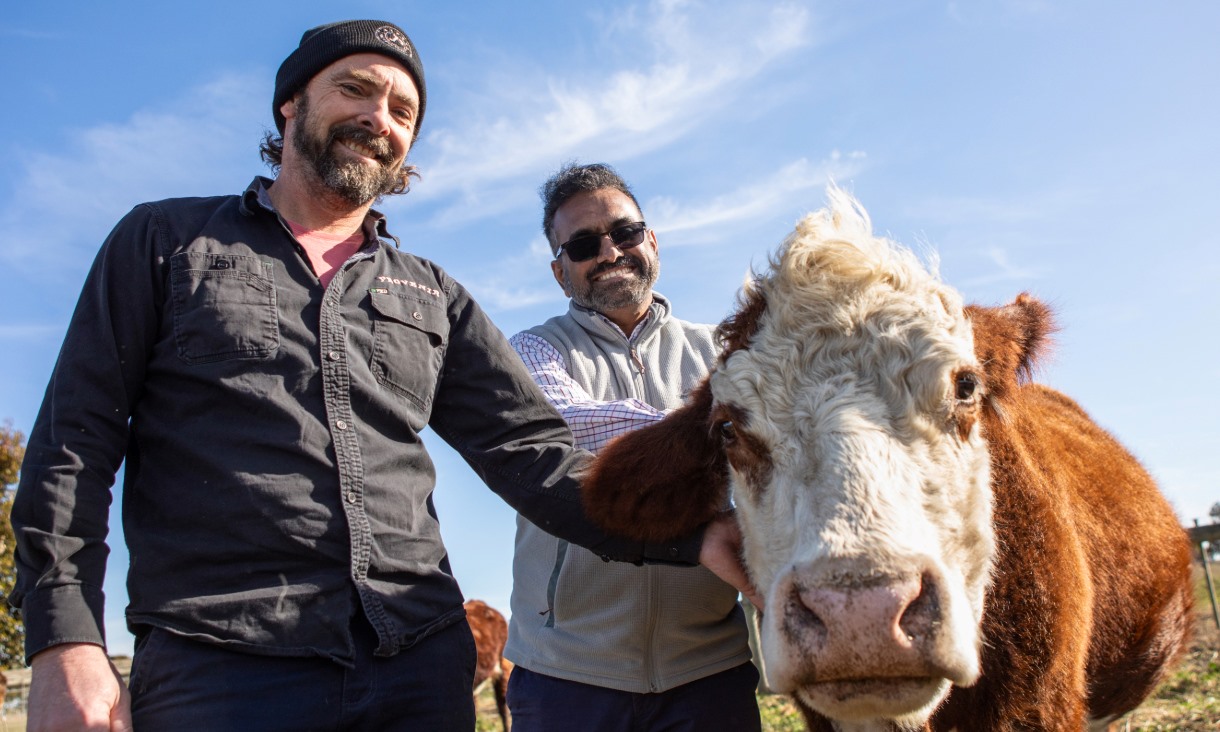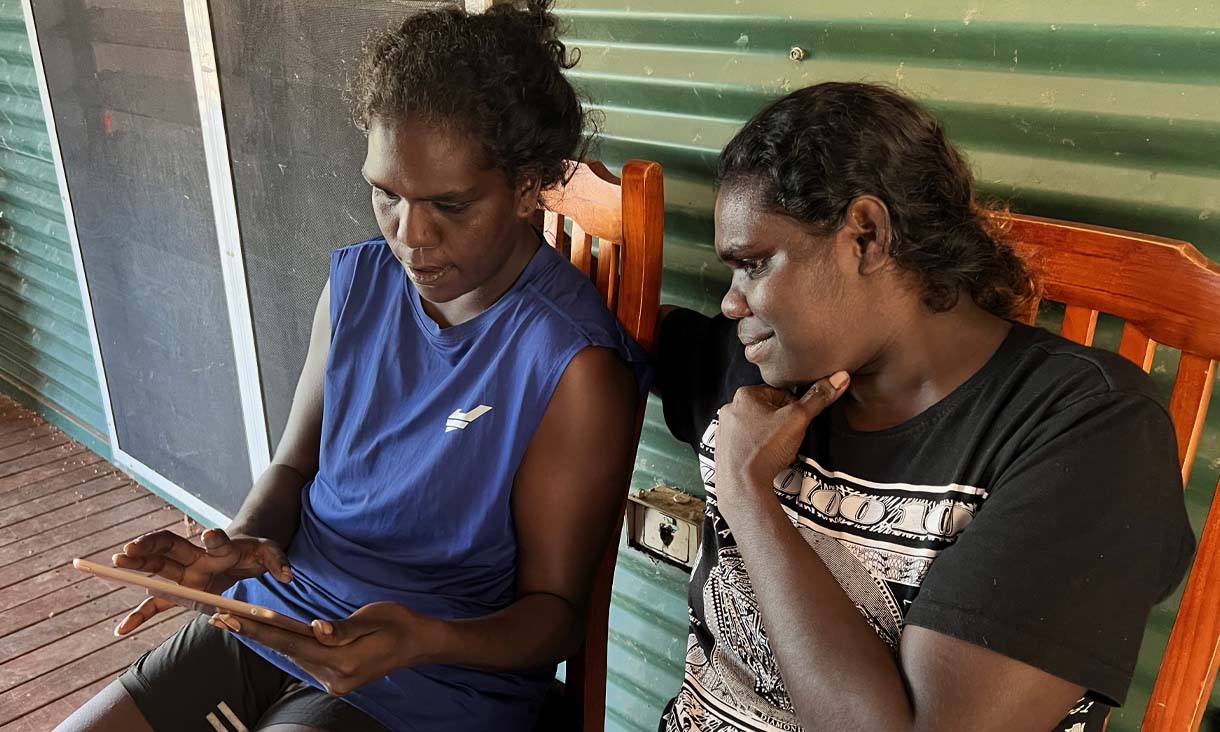4. Protection against different strains
As viruses mutate and give rise to new variants, this can affect how well certain vaccines work against them.
We’ve seen this with the B.1.351 variant of SARS-CoV-2, originally identified in South Africa.
Following a multi-centre clinical trial in South Africa, researchers concluded two doses of the AstraZeneca vaccine had minimal efficacy in mild to moderate COVID-19 cases, specifically due to the B.1.351 variant.
There’s still hope the vaccine will be effective against more severe cases of COVID-19. But South Africa has halted the rollout of the AstraZeneca vaccine for now.
The news is looking better for the UK strain, B.1.1.7. In a phase 2/3 clinical trial in the UK, researchers concluded the AstraZeneca vaccine had an efficacy against the B.1.1.7 variant similar to that of other variants — 74.6% compared with 84%.
It’s important to note this study is also a preprint, so it hasn’t yet received the same scrutiny as other published research.
Interestingly, both the UK and South African variants have the same mutation — the N501Y mutation — but the south African variant has an additional mutation, E484K.
Research shows this mutation contributes to the virus evading antibodies from COVID-19 patients against SARS-CoV-2.
5. Can it reduce transmission as well as disease?
This question has been asked of all COVID-19 vaccines, and emerging data for the AstraZeneca vaccine is encouraging.
The Lancet preprint we mentioned earlier has shown this vaccine may block transmission after a single dose.
The researchers derived this data by taking weekly nose swabs from both symptomatic and asymptomatic cases and testing for the presence of the virus. (If a person has virus in their nose and are breathing it out, they’re more likely to infect someone else.)
They observed a 67% fall in swabs positive for the virus after one immunisation.
In a separate preprint, people who received the AstraZeneca vaccine (as opposed to the placebo) and were swab positive showed reduced periods of viral shedding, which could also have a positive impact on transmission of disease.
This data suggests the AstraZeneca vaccine also has potential to substantially affect virus transmission, by reducing the number of highly infectious people in a population.
Story: Kristy Wilson, Postdoctorial Research Fellow; Jennifer Boer, Postdoctoral Research Fellow; and Magdalena Plebanski, Professor of Immunology.
This article is republished from The Conversation under a Creative Commons license. Read the original article.






